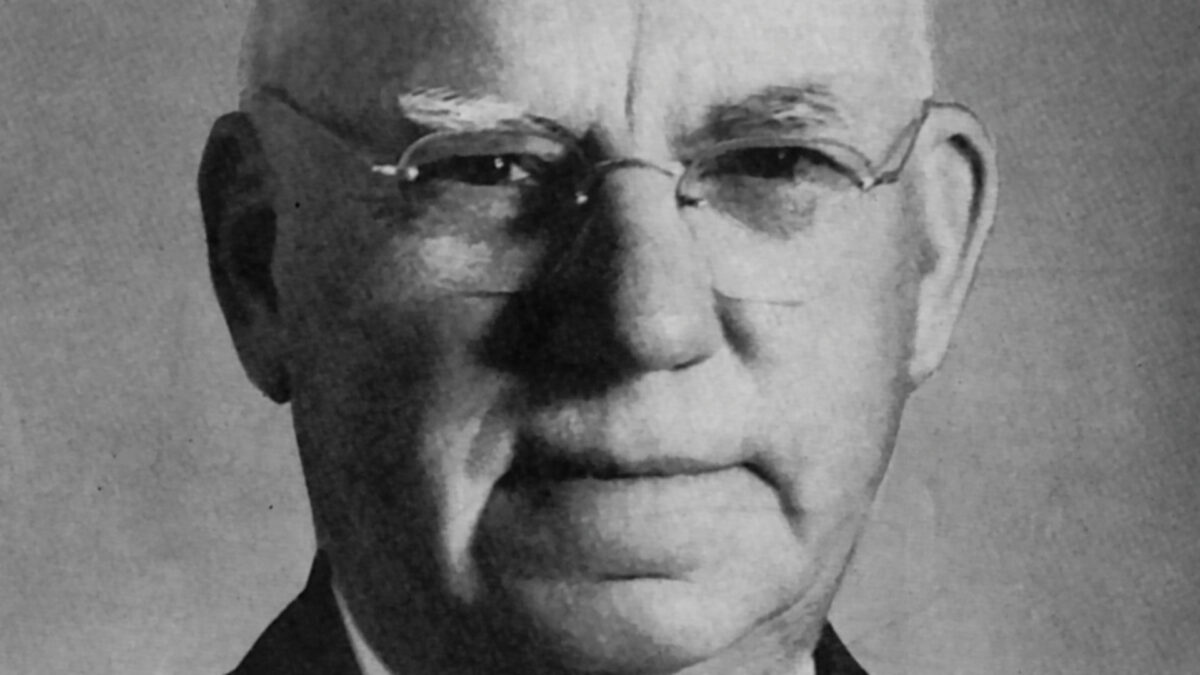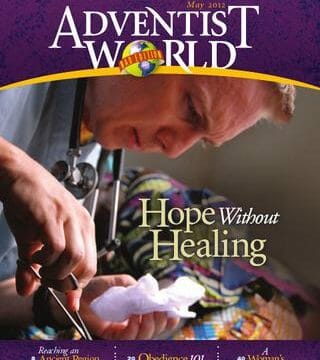Lighting the Continent With Present Truth

The Southern Africa-Indian Ocean Division (SID) celebrated its 100th anniversary in 2020. This article reviews some aspects of the Adventist work in the division since its organization.—Editors.
The Seventh-day Adventist message reached South Africa in 1871 when mineral prospector William Hunt arrived in Kimberley on a diamond-hunting expedition. Just three years prior, Hunt, from Nevada, United States, had attended a series of evangelistic meetings led by J. N. Loughborough in Healdsburg, California. Hunt accepted the biblical truths presented and joined the Adventist believers, promising Loughborough that he would share the gospel message wherever he traveled.
True to his promise, Hunt placed a Signs of the Times magazine in the hands of J. H. G. Wilson, a local Methodist preacher, who, together with his wife, embraced the Seventh-day Adventist faith. A letter from Wilson, published in the June 6, 1878, issue of the Review and Herald, reported that several people had become fully convinced of truth taught by the Adventists.
Hunt’s witnessing efforts to George Van Druten and Pieter Wessels, who had independently begun observing the Sabbath, resulted in missionaries C. L. Boyd and D. A. Robinson arriving in Kimberley in July 1887.
Their first congregation, located in Beaconsfield, consisted of 26 members.¹ Another congregation soon followed in Cape Town in 1889, and soon after, the South African Conference was organized by A. T. Robinson, who became its first president.
In Cape Town, the church established Claremont Union College, Plumstead Orphanage, Claremont Sanitarium, and a small printing press, before organizing the South African Union Conference in 1902.
The union conference expanded its outreach both in South Africa and the northern countries now known as Malawi and Zambia, using Solusi Mission in Bulawayo, Zimbabwe, as a base. This growth of the church in Southern Africa paved the way for the establishment of the division organization.
DIVISION ORGANIZATION
When Elmer E. Andross, a vice president of the General Conference, visited South Africa in July 1919, the South African Union Conference voted a request to the General Conference to consider the possibility of organizing the African field into a division.² The General Conference approved the request and voted on October 16, 1919, to create the African Division.
William H. Branson was appointed vice president of the General Conference in charge of the African Division.³ Branson and his family arrived in South Africa in August 1920 to assume his duties. The division offices were located in Claremont, Cape Town,⁴ and church membership across three unions stood at 2,705.
Branson and other church leaders visited government and state departments to acquaint state leaders with denominational principles and ideals, and obtained legal recognition and standing for the Seventh-day Adventist Church in the region.⁵
METHODS OF GROWTH
In 1901 William H. Anderson, one of the pioneering missionaries in Africa, stated, “All missionary societies laboring in Africa are agreed that the best way to reach the natives is through schools.”⁶ The church established schools for Adventist young people, but children of all religious backgrounds were invited to join.
By 1946, H. A. Morrison, an Adventist educator and administrator, reflected, “The Southern African Division has been a pioneer in establishing schools and through them making converts for God. As a result, these schools are widely attended, and the work has grown with great speed.”⁷ Today there are seven church-operated universities, plus several colleges and schools throughout the territory.
Another pioneering method used was medical missionary work. Ellen White wrote: “The medical missionary work is to be regarded as the pioneer work. It is to be the means of breaking down prejudice. As the right arm, it is to open doors for the gospel message.”⁸ In line with this counsel, six hospitals and several dispensaries were opened in different countries between 1920 and 1940. Although two hospitals later closed, the rest are still operating today.
The early Adventists also used literature distribution to augment their preaching. In 1875 Ellen White advised, “God has placed at the command of His people advantages in the press, which, combined with other agencies, will be successful in extending the knowledge of the truth. Tracts, papers, and books, as the case demands, should be circulated in all the cities and villages in the land.”⁹
The division’s earliest successful native colporteurs were Richard Moko in South Africa, David Kalaka of Basutoland (current Lesotho), and Jim Mayinza of Southern Rhodesia (current Zimbabwe). The supply of literature was enhanced by the establishment of regional publishing houses.¹⁰
DIVISION CONTRIBUTIONS
The SID [see endnote #3] has made several contributions to the world church, including piloting the church’s departmental system in 1892, which was adopted by the General Conference in 1901, and pioneering the Pastors’ Kids Association (Pakia), now found in other divisions.
The driving motive of the pioneers and their successors was to finish the preaching of the gospel and see Jesus come (Matt. 24:14). Their sacrifice is attested to by graves found at such mission stations as Solusi in Zimbabwe.
Today, more than 100 years later, division leaders continue in their footsteps, emphasizing sacrifice for mission as a way of life, upholding freedom, wholistic health, and hope in Jesus, and restoring in people the image of God.
¹ C. L. Boyd, “South Africa,” Review and Herald, Nov. 8, 1887, p. 699.
² L. Francois Swanepoel, “The Origin and Early History of the Seventh-day Adventist Church in South Africa, 1886-1920” (M.A. thesis, University of South Africa, 1972), p. 150.
³ In the decades that followed, the African Division underwent several territorial realignments and name changes from the African Division (1920-1930), Southern African Division (1931-1964), Trans-Africa Division (1964-1983), and Eastern Africa Division (1983-2003), to the Southern Africa-Indian Ocean Division ,[SID] (2003-present).
⁴ In later years the offices relocated to Harare, Zimbabwe, and in 2007 returned to Pretoria, South Africa.
⁵ Charles L. Thompson, “A History of the Growth and Development of the Seventh-Day Adventist Church in Southern Africa, 1920-1960” (1977), pp. 2-3.
⁶ William H. Anderson, On the Trail of Livingstone (Mountain View, Calif.: Pacific Press Pub. Assn., 1919), p. 143; by 1913 C. P. Crager yearned, “I long for the day to come when we may have church schools dotted all over South Africa and our schools having in it, a band of students training for the field.” See C. P. Crager, “The Convention Paper on Educational Work,” South African Missionary, Feb. 24, 1913, p. 2.
⁷ H. A. Morrison, “The Department of Education,” Advent Review and Sabbath Herald, June 10, 1946, p. 96.
⁸ Ellen G. White, Ellen G. White 1888 Materials (Washington, D.C.: Ellen G. White Estate, 1987), vol. 4, p. 1738.
⁹ Ellen G. White, Life Sketches (Mountain View, Calif.: Pacific Press Pub. Assn., 1915), p. 217.
¹⁰ Such as Sentinel Publishing Company in South Africa (1916), Malamulo Publishing House (1926), Madagascar Publishing House (1930), Casa Publicadora Angolana (1937), and Zambia Adventist Press (1989).








